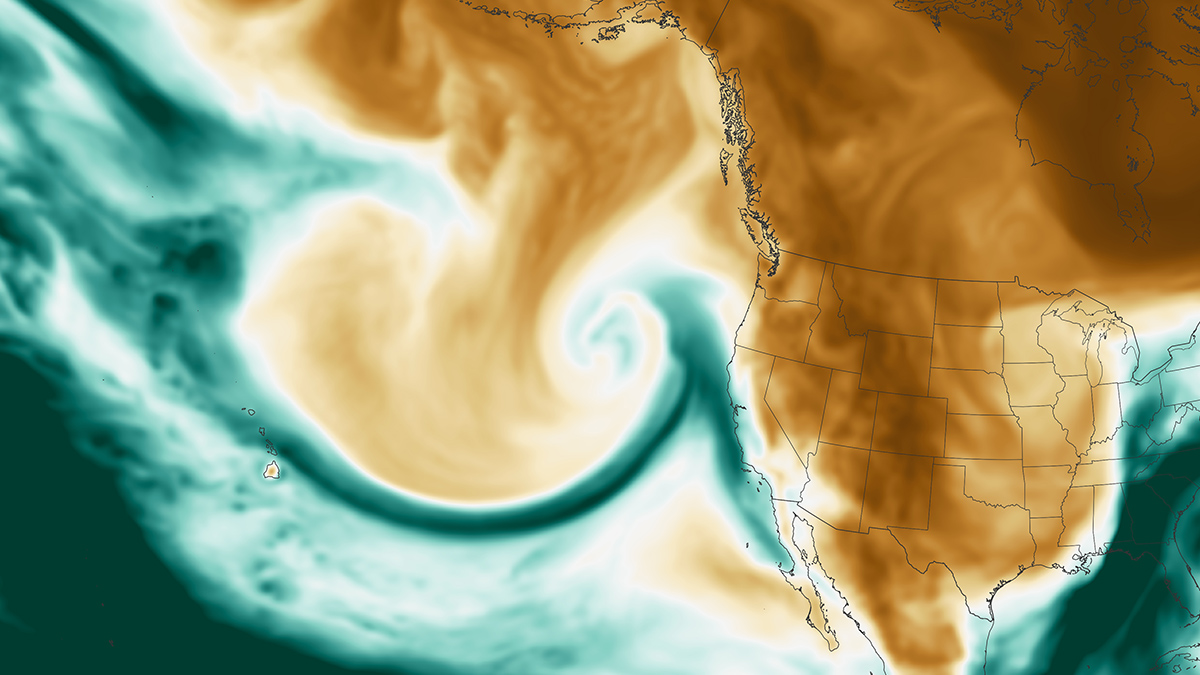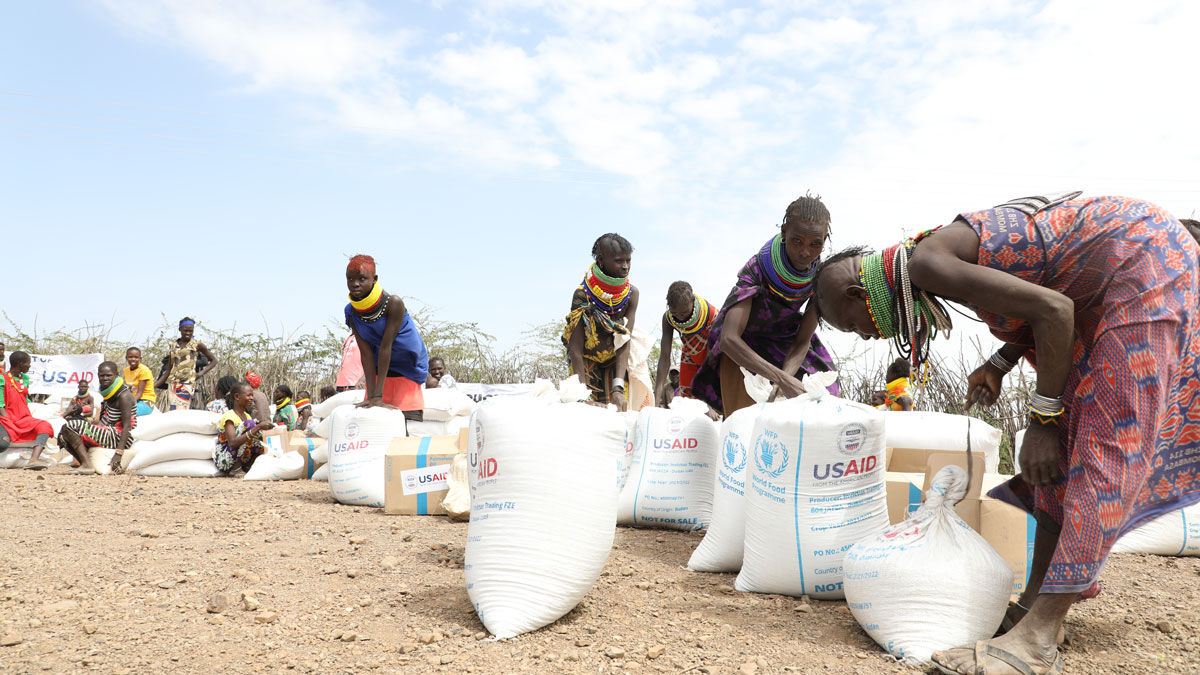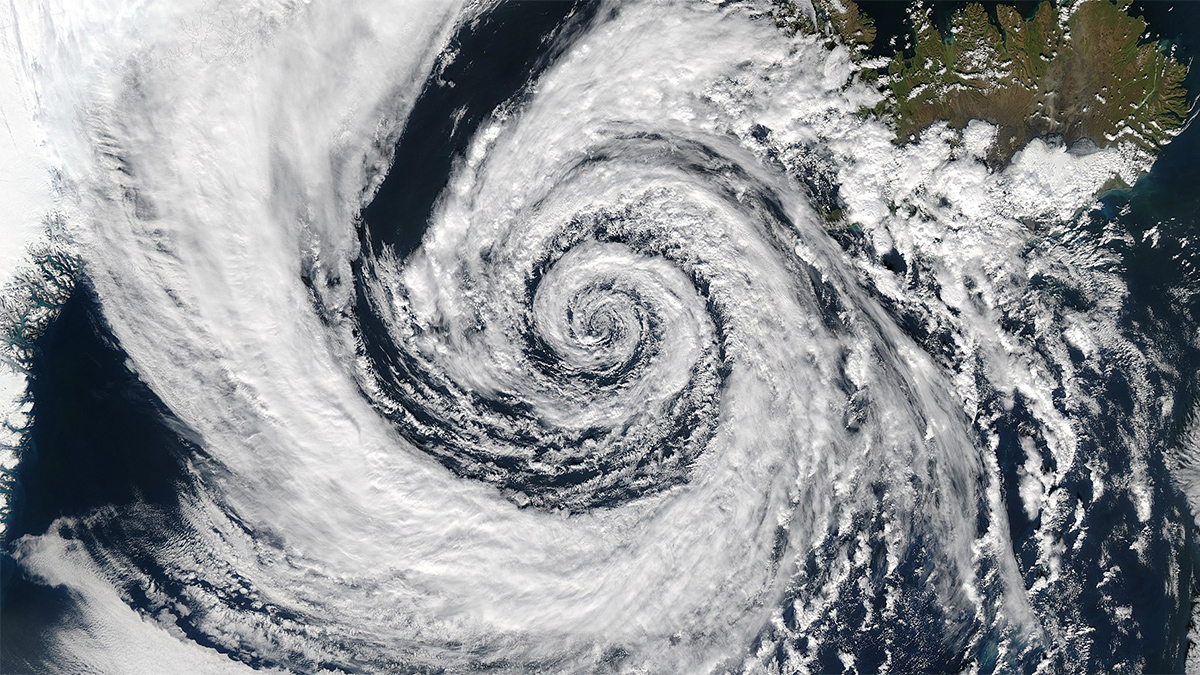Climate change is set to intensify atmospheric rivers and exacerbate extreme rainfall worldwide.
Saima May Sidik
Comparing Carbon-Trapping Capacities of Anoxic Basins
Low-oxygen regions in the ocean could be prime spots for sequestering biomass—a potential strategy for fighting climate change. But each site has its pros and cons.
Can Submerging Seaweed Cool the Climate?
Submerged seaweed can store carbon at the bottom of the ocean, but how effective the strategy will be—and how it will affect ocean health—remains unclear.
Glaciers Rise and Fall—and Melt—with Tides
The effect of ocean water creeping beneath Greenland ice is stronger than scientists realized.
Ocean Warming Sets the Stage for Dangerous but Predictable East Africa Droughts
Scientists have uncovered a connection between temperature gradients in the Pacific Ocean and deadly but predictable consecutive dry spells in East Africa.
Diverse Forests Store More Carbon Than Monocultures
Adding even just one more tree species can increase forest productivity, a new meta-analysis shows.
Here’s How Artemis Astronauts Will Navigate on the Moon
The next wave of lunar explorers is headed to terrain that promises to be both stunning and challenging. Here’s how they’ll cope with some of the difficulties they’ll encounter.
Some High-Threat Volcanoes Are Severely Understudied
Scientists have little understanding of where magma is stored along the Cascade Volcanic Arc or how its volcanoes could affect population centers.
AI Meets Its Match: The Butterfly Effect
Artificial intelligence algorithms fail to account for a key limitation in weather prediction.










